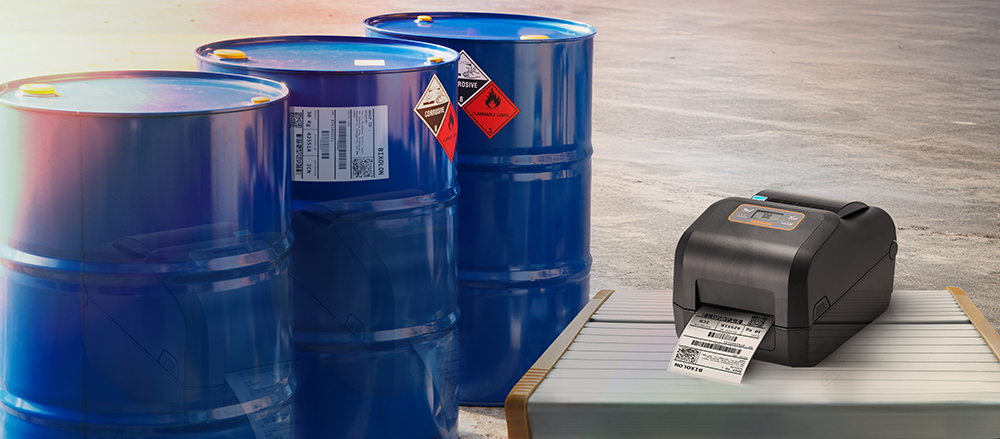Valuation of Environmental Harm for COMAH Cost Benefit Analysis
COMAH environmental risk assessment is typically performed in line with the Chemical and Downstream Oil Industries Forum (CDOIF) Guideline on Environmental Risk Tolerability for COMAH Establishments (V2.0). This involves prediction of whether there is the potential for Major Accidents To The Environment (MATTEs), rated A through D with increasing consequence. The results of such assessments often involve conclusions that the risk to certain environmental receptors is tolerable if As Low As Reasonably Practicable (ALARP). Therefore, subsequent demonstration that the risk is indeed ALARP is required. ALARP decisions and conclusions can often be based on engineering judgement and operational feasibility. However, where this is not possible, cost benefit analysis (CBA) can, in theory, be useful. One element of CBA is the cost of environmental damage (or value of preventing it), which requires assigning monetary values to the environment for use within CBA calculations. If the cost of implementing a proposed risk reduction measure is grossly disproportionate to the justified spend to reduce risk, then rejection of the measure can be justified. This is analogous to the approach taken for safety risk to people, for which there is a long-established monetary value for the prevention of loss of a single human life. However, considering the environment, there is no such benchmark. If CBA is to be used effectively for environmental risk, then it would make sense to have analogous benchmark values in place.
Current guidance suggests that the value(s) to use should be estimated on a case-by-case basis and consider a series of cost influencing factors. For example, clean-up costs, restoration and ongoing monitoring, fines and civil liability claims such as loss of fisheries, impact on tourism or loss of water abstraction. It is also suggested that business related costs such as production downtime, asset damage and raised insurance premiums should not be included. Therefore, it is understandable that consistency across the industry is difficult to achieve, even for very similar sites and risks, yet different operators. Taking fines as an example, estimating these for MATTEs that you might cause could look to previous incidents of a similar magnitude for an indication. Whilst there is a multitude of legal guidance and protocol to be followed when fines are issued, there is still significant scope for variation. The nature of an offence feeds into the magnitude of a fine and involves both culpability and harm. Culpability is split according to whether the offence is judged to have been deliberate, reckless, negligent or with low to no culpability. This cannot be reliably predicted before an accident occurs. Another factor is the size and turnover of the offending organisation.
There is vast scope for inconsistency on how incident data is used, depending on which and how many incidents are reviewed and on any assumptions made.
Identifying and then accounting for all cost influencing factors is a vast challenge. Without set figures, even as benchmarks or guidelines, there is the risk of immense over or under-estimation, prompting questions about the value of performing such calculations.
One of the most important aspects of a Cost Benefit Analysis is determining whether one should be conducted in the first place. Often, CBAs are misused, potentially resulting in disastrous outcomes, especially if the incorrect values for the environment are used. Most of the time it should be evident whether a measure should be implemented. There are cases however where understanding the economics of suggested measures can be helpful, for example when comparing multiple options, and for this a reliable value of environmental harm is required. Going forward, efforts are underway to develop a set of benchmark values for different MATTE levels to different types of environmental receptors and to produce an industry guidance document. This should help to improve consistency across different companies, sites and also geographically and ensure a more level playing field for everyone. RAS Ltd has been commissioned by the Energy Institute on a project to do this, with ambitions to publish industry guidance. Part of this involves a detailed interrogation of incident data and costs, with a view to revealing patterns that can feed into any set of benchmark values.
Rob Ritchie and Carolyn Nicholls
enquiries@ras.ltd.uk











